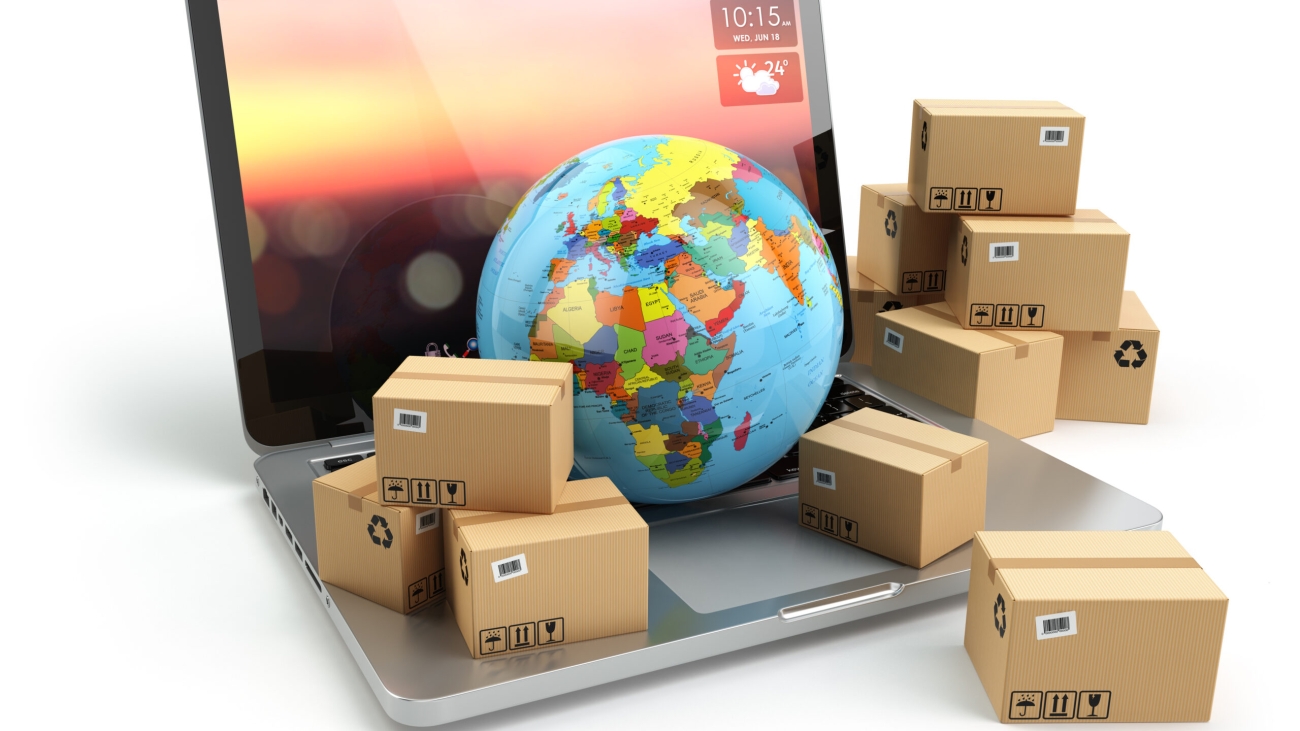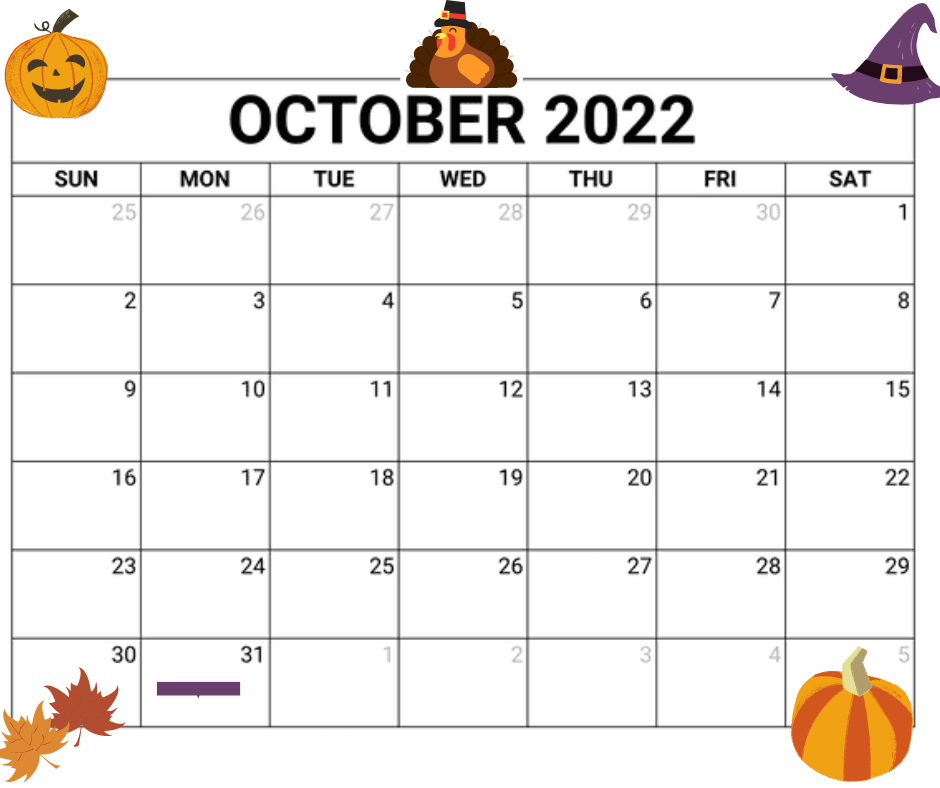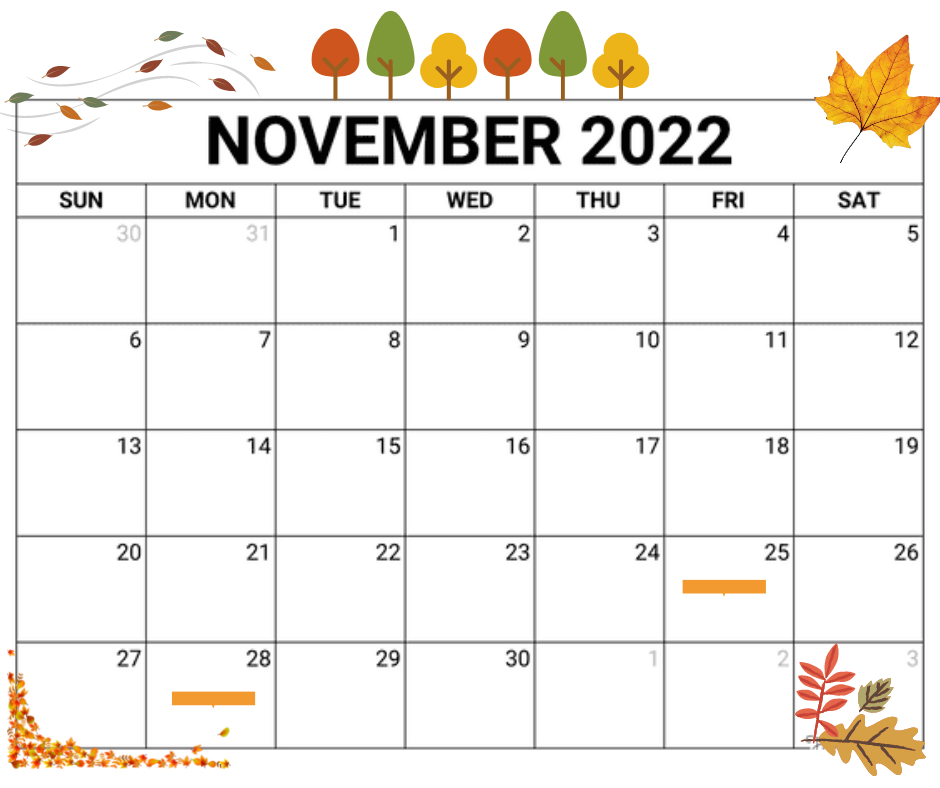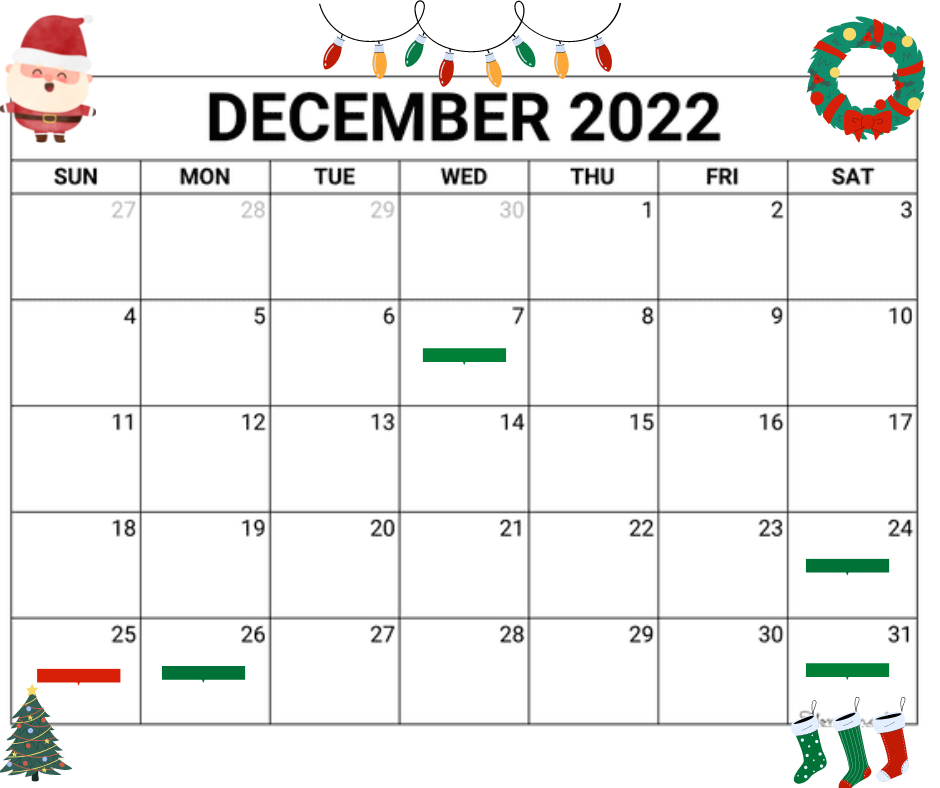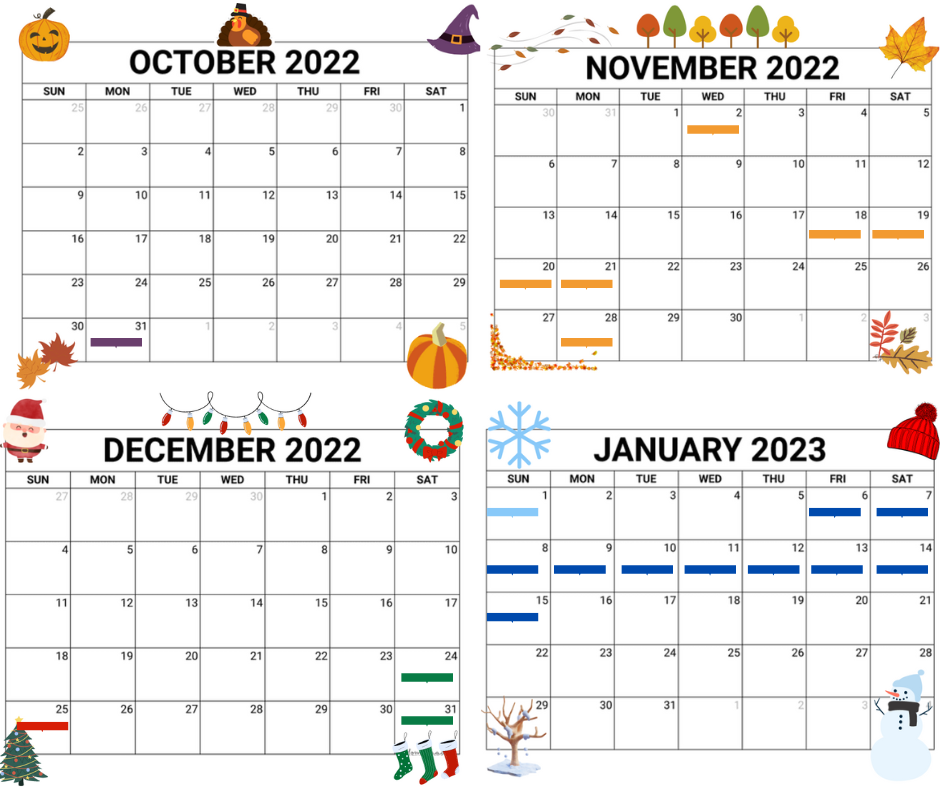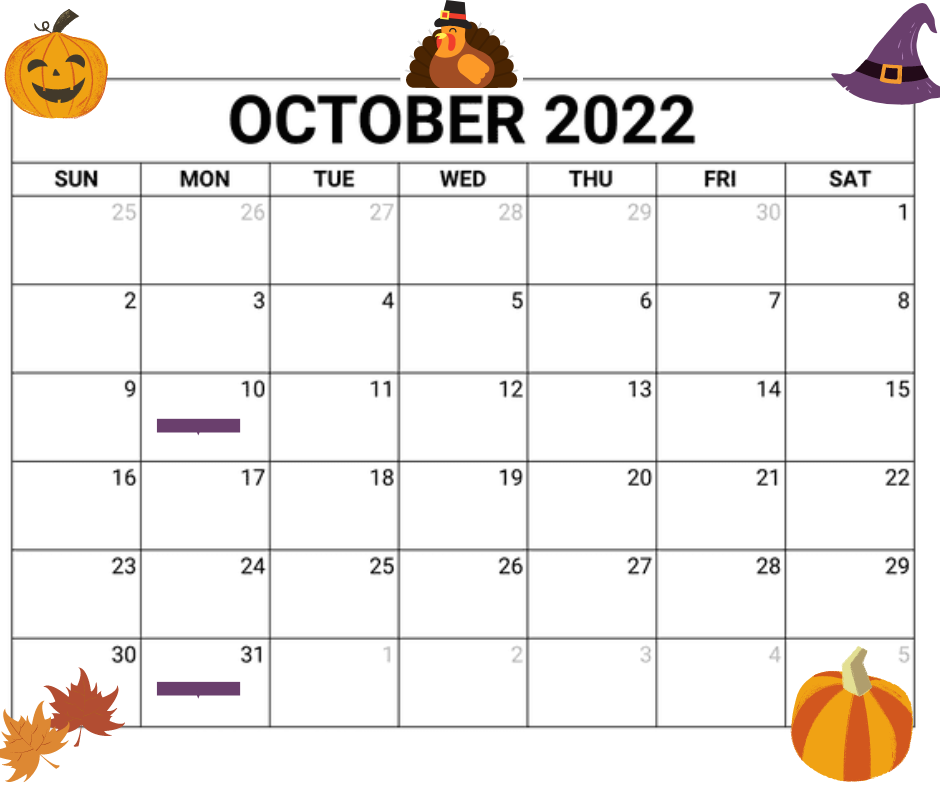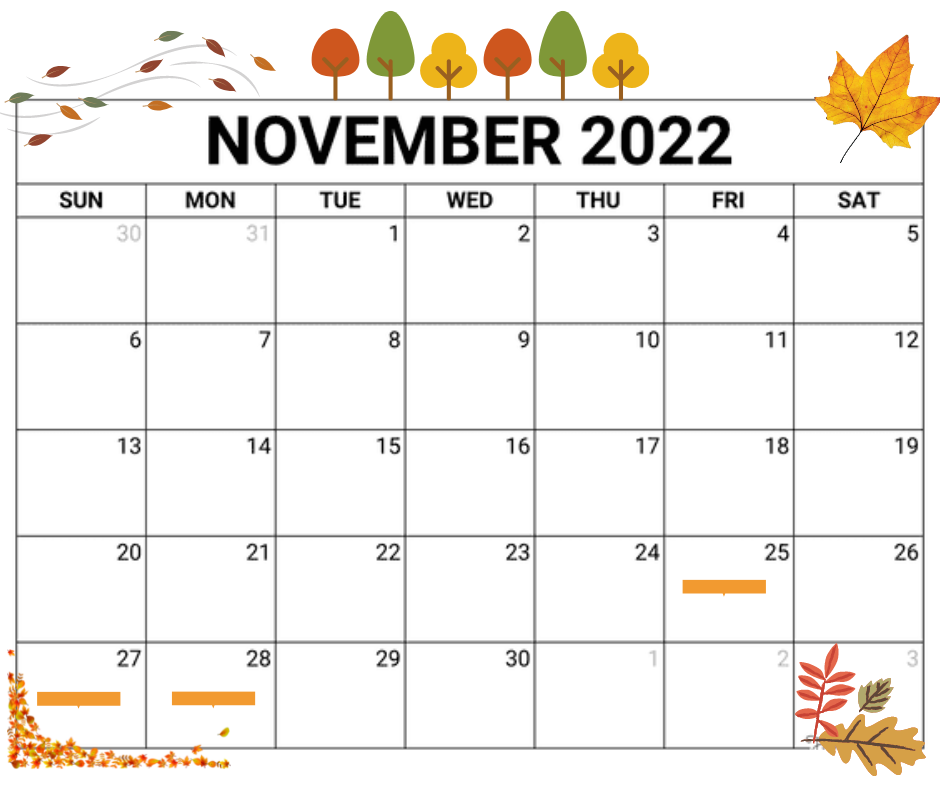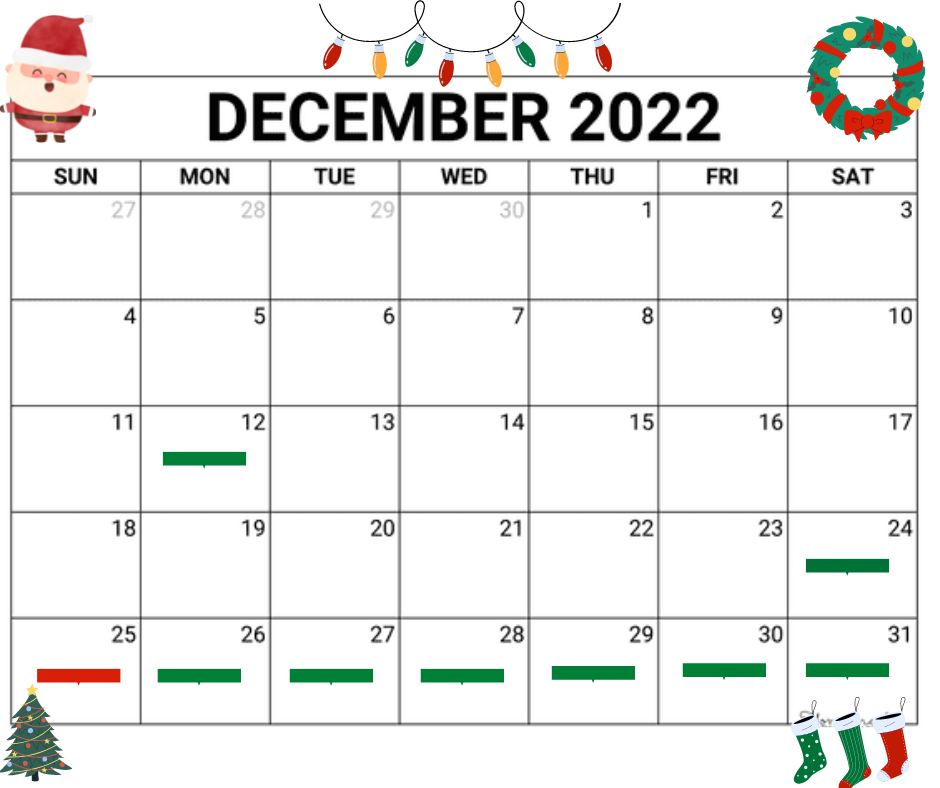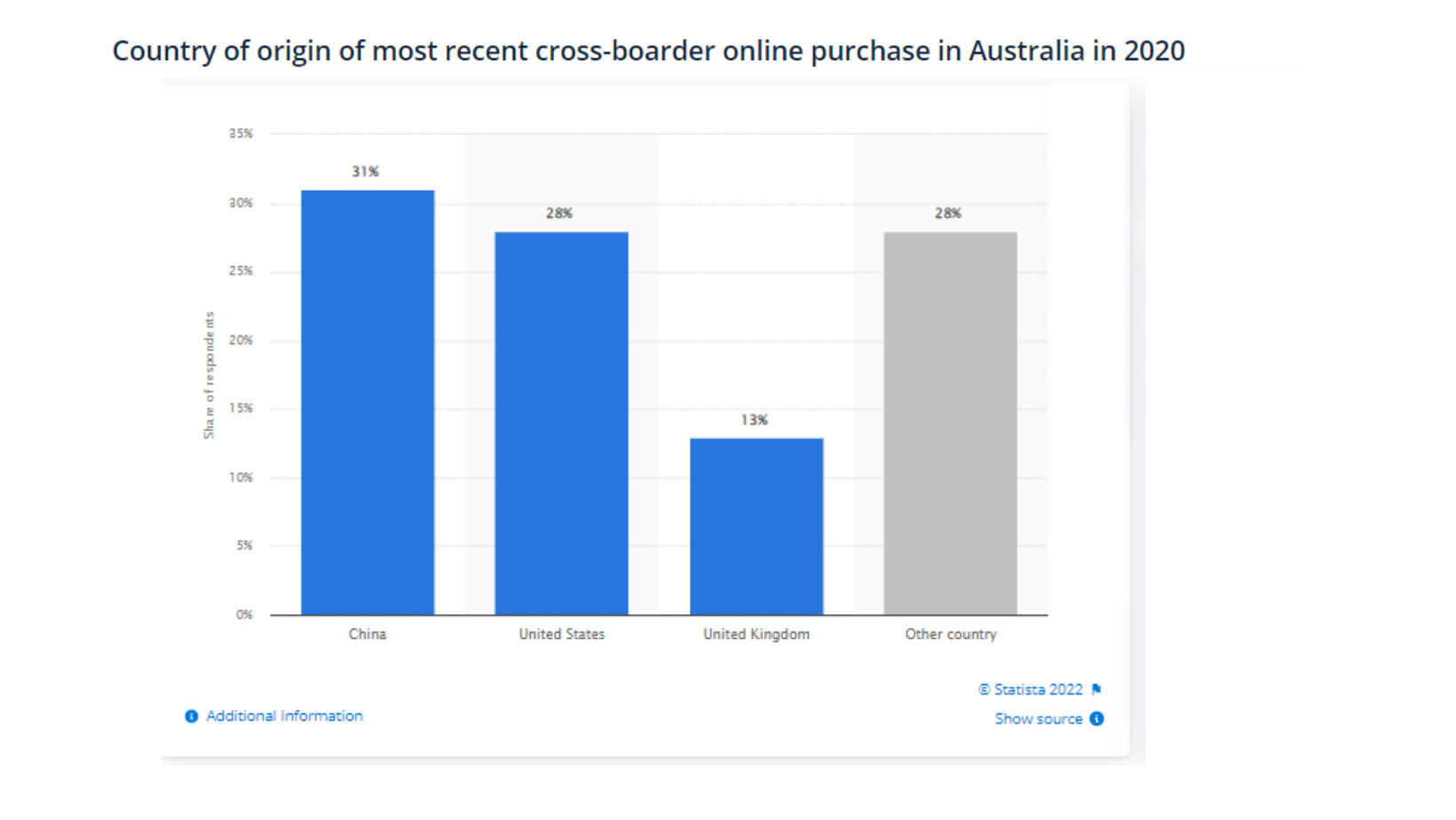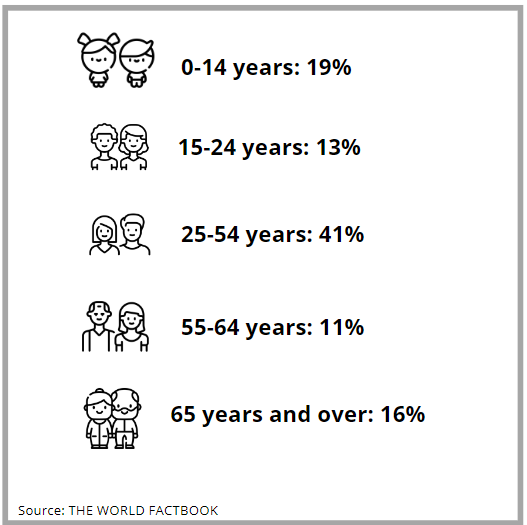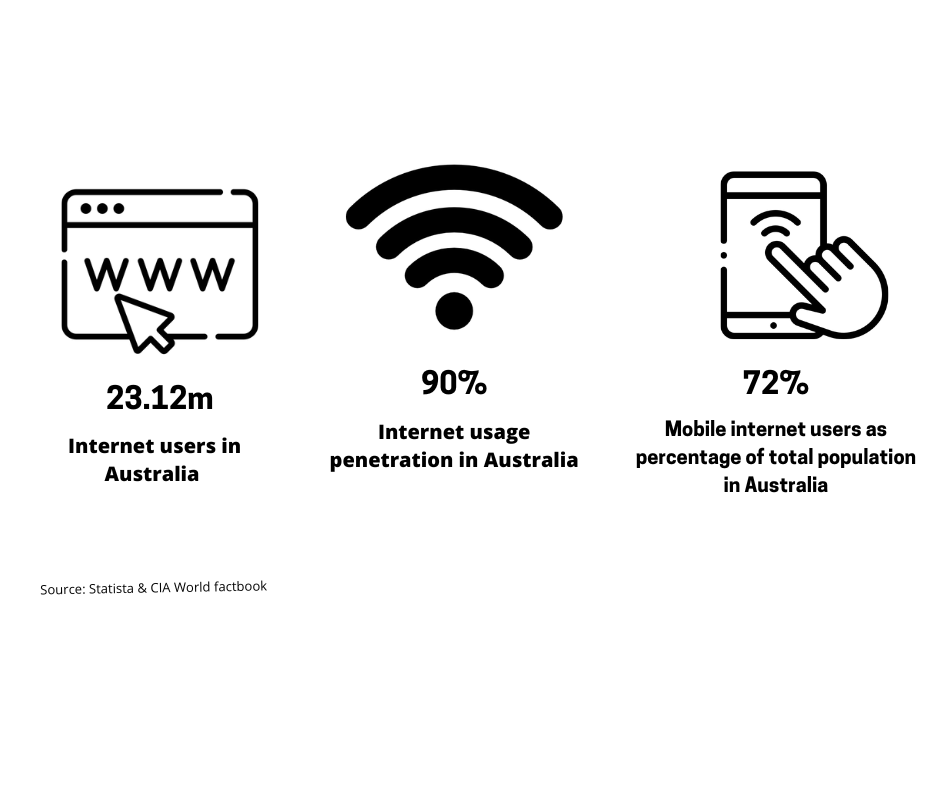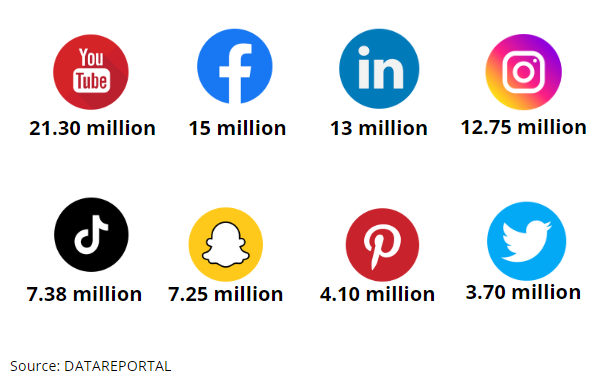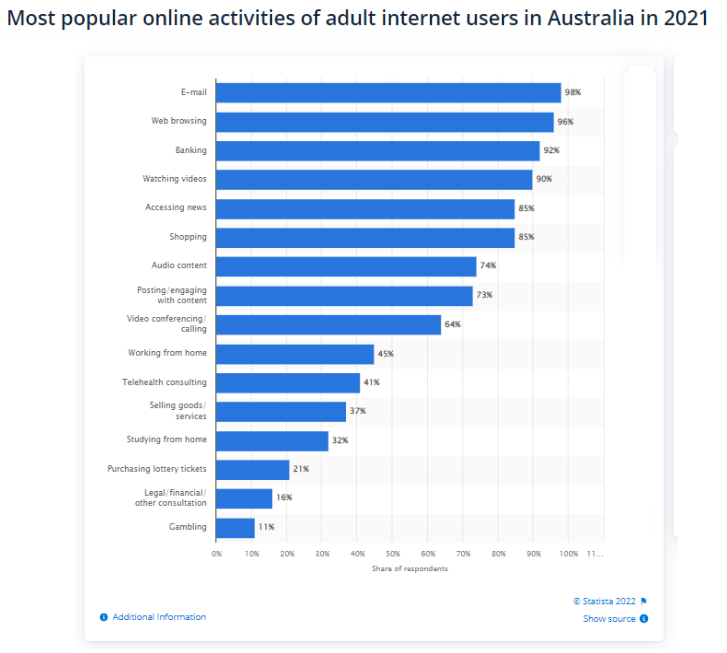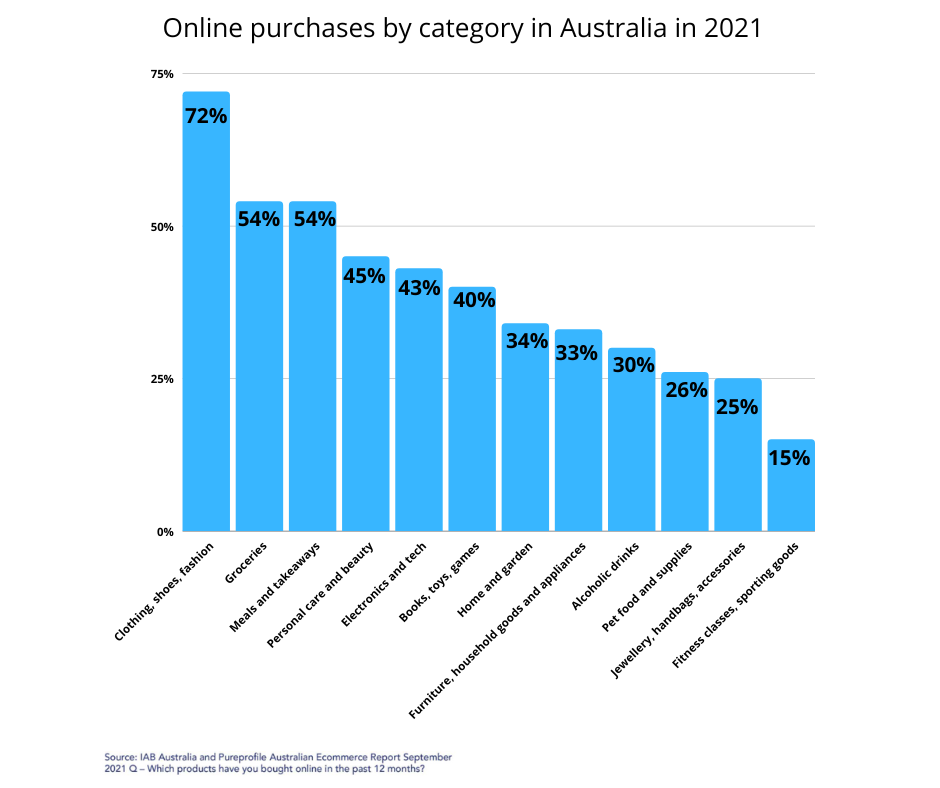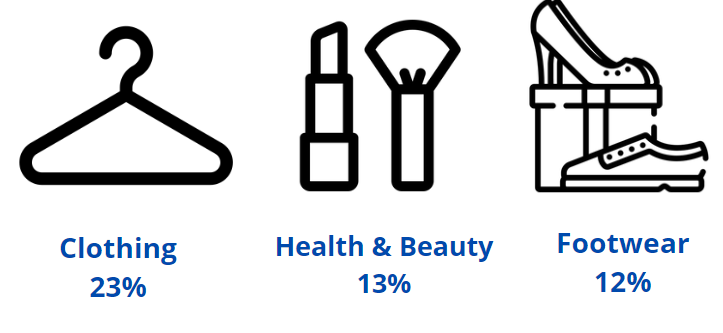What is better than getting to know your customers in the Asia-Pacific region and successfully thriving on these holidays in these markets? Stay here and learn more about Australia, Japan, and Korea’s most important shopping days of this holiday season. From Halloween to Christmas to New Year, and between unique holidays, mark your calendars and prepare to market your products appropriately to increase your sales potentially!
Don’t forget to read further tips on our previous blog, “6 Tips to Prepare Your E-commerce Store for Holiday Season,” to help you stand up these holidays.
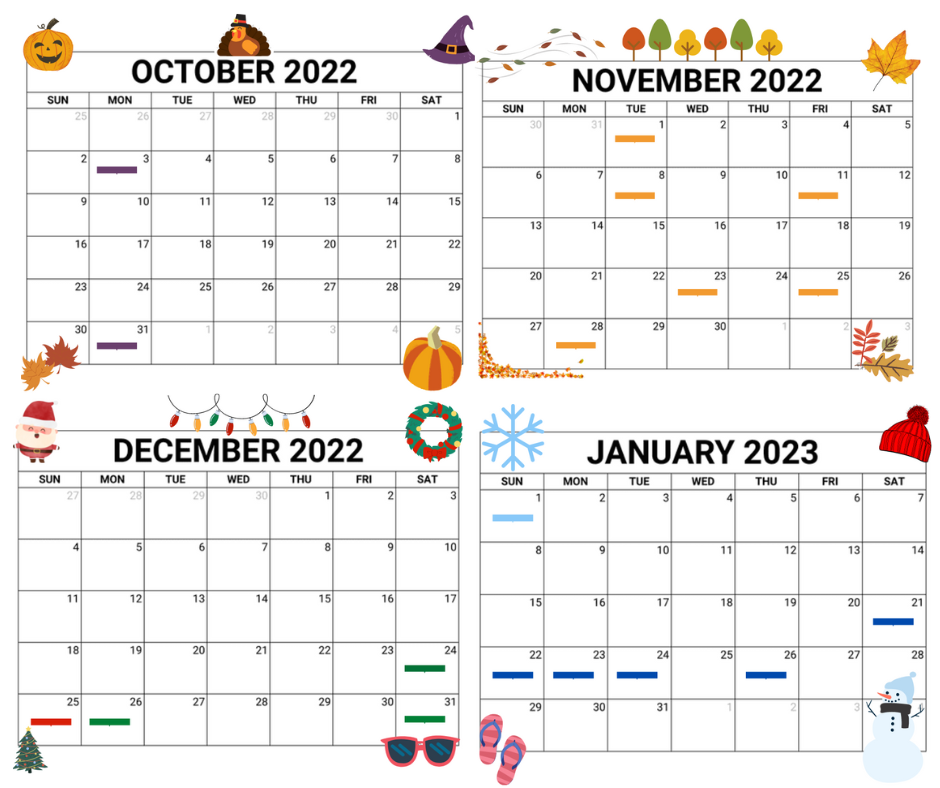
Holidays in Australia, Japan and South Korea
October
31st Halloween: This holiday has become popular due to the influence of Americans and Europeans and has gained popularity among younger generations. Costume parties, themed bakery items and products are standard on this day. As for online brands, it is crucial to offer special deals to increase profits and gain brand recognition.
November
25th Black Friday & 28th Cyber Monday: These are annual sales that online brands cannot miss. They have become more prevalent in recent years, and intelligent shoppers from these countries mark their calendars and show up to find the best deals on products they love. As they actively look and buy, it is a fantastic time to run campaigns with great deals that draw attention to your shop, raise awareness and potentially increase sales.
Apart from the holidays listed above, here are the holidays unique to each country, Australia, Japan and South Korea. You can discover briefly how they celebrate them, so you can decide how best to market your brand and products to any of these markets.
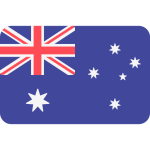
Australia
Australia is in the southern atmosphere, meaning the seasons differ from the United States. September to November is spring, and December to February is summer. Remember this when you consider the products you will offer to the Australian market.
November
1st Melbourne Cup: This is a day celebrated mainly in Melbourne and the Victoria area. But it has spread across other cities. There is a big horse racing event; people love to buy related products, such as hats, accessories, and clothing. This can be a good opportunity for online brands that sell Western-style fashion and offer special discounts to connect and resonate with their Australian audience.
8th Click Frenzy – the Main Event: This day is like Cyber Monday, but it only happens in Australia. Many shoppers are waiting on this day to find good deals and discounts. People often sign up for online shops participating in this holiday to find the products they love at a meager price. US brands seeking to gain popularity in this market should not miss this opportunity.
11th Singles Day: This popular Chinese anti-Valentine Day celebration has become popular among Australians. People celebrate it by buying presents for friends, family and themselves. It is vital for US brands that want to appeal to consumers to partake in it by offering discounts and branded packaging with the message of Singles Day and self-love.
December
22nd – 24th Pre-Christmas sales: These days are used to prepare people for Christmas and get more involved in the festivities. Due to the busy logistics schedule, it may be late for online brands to get orders on time for Christmas, but that does not mean they can’t take advantage of these days. For example, offer special deals for after-Christmas delivery and continue to raise brand awareness through Christmas-related marketing campaigns.
25th Christmas Day: Let’s not forget that summer is on Christmas, so this day is to celebrate with family and loved ones with presents, decorations, barbecues, and outdoor activities. Turkey is famous; some families have lunch and dinner outdoors and travel to the beach or countryside.
26th Boxing Day sales: This is another popular day for online and offline retailers to profit from, as it is a busy shopping time when consumers expect special deals. Cash on the opportunity by participating in it.
31st New Year’s Eve: More than a shopping day is a day to celebrate the end of a year and the beginning of a new one. In the big cities of Australia, there are significant events with fireworks and performances. Since summer, many people go on boats, visit the beach, and organize outdoor activities to celebrate.
January
1st New Year’s Day: This is a day for people to rest and prepare for what’s coming ahead in the new year. It is an excellent time for brands to convey positive and motivating messages and present their products as a tool for their customers to achieve their goals and aspirations in the new year.
26th Australia Day is a national holiday celebrated like the Fourth of July. Family and friends gather to celebrate being an Aussie. Some people have barbecues, go to the beach, play cricket in the backyard, and be outdoors, as it is still summer. For brands, this is the time to create brand awareness with a message of congratulations and to have some special offers and bundles.

Japan
November
23rd Labor Thanksgiving Day: This day is a special one to celebrate workers in all sectors. It is common for children to make cards and small gifts to thank community workers, such as firefighters, doctors, nurses, and police. People often talk about their achievements and objectives. This can be a beneficial day to raise brand awareness by participating in congratulatory marketing campaigns.
December
24th Christmas Eve: The Japanese take this day as a second Valentine’s Day. They believe this day is more about celebrating love and happiness, as is shown in American films. Therefore, this day is for couples to spend it together and exchange presents. It is also common in the workplace to give gifts to colleagues. As for families with children, there is a family dinner where KFC chicken has become popular, and children receive gifts from Santa. Brands should be prepared accordingly to profit from this day and communicate the Christmas message localized to market beliefs.
25th Christmas Day: Most people go to work. Christmas decorations exist in major cities and themed parks, such as Disney, Tokyo, Universal, or Hello Kitty. Some people have dinner together as a family.
31st New Year’s Eve: The Japanese use this day to clean up their homes as a ritual to start a clean new year, including cleaning their minds and past worries. It is common to have traditional foods surrounded by family and after watching popular Japanese shows at dinner. As far as shops are concerned, they tend to do the same by selling seasonal stock in surprise gift bags, which are very popular. As an online shop, you can hop on this trend.
January
1st New Year’s Day: This day is full of traditions; for example, watching the first sunset, children receive envelopes with money, traditional food, and visit the temple. The New Year is essential for the Japanese, as is the celebration of new beginnings.

South Korea
October
3rd National Foundation Day (Gaecheonjeol): This is a national public holiday celebrating the creation of the first Korean State, the result of Korea. Many people gather at the Yeouido Han River Park in Seoul to watch large fireworks displays. There are also other fireworks displays across the country. As a foreign brand, it is crucial to participate in this day to connect with your Korean customers through appropriate communication campaigns to stay current with the important Korean holidays.
December
24th & 25th Christmas: Christmas Eve and Day are dates in Korea to celebrate with family, friends and lovers. It is not a holiday where people tend to travel to their hometowns but celebrate with happiness and love wherever they live. Some couples take these days to celebrate love, just like Valentine’s Day. Other families eat traditional Korean food, such as bulgogi (marinated beef) and bokkeumbap (fried rice). Although it is not yet a huge deal to exchange gifts, as in other Western countries, it is increasing in Korea. Now, money is the most popular item. As a foreign e-commerce brand, you need to understand the desires and favorite products of your Korean customers to capitalize on this holiday so that you can plan marketing communications and deals accordingly. As an idea, you could start with deals for a couple of gifting.
31st New Year’s Eve: This is the night Koreans welcome the New Year, following the Gregorian calendar, as Western countries do. From around 11: 00 to 1: 00 a.m., a significant event takes place in Boshingak, Seoul. This event is broadcast on national television and consists of ringing the bell 33 times at midnight. There are fireworks at the Lotte World Tower, Seoul’s tallest building. In addition, people tend to watch the first sunset on Achasan Mountain in Seoul.
It is indeed a day of celebrations. It is time for brands selling to Korean consumers to catch their attention with related marketing communications campaigns and product bundles to promote the New Year.
January
1st New Year’s Day: The government granted a three-day holiday. It starts on January 1st until January 3rd and is celebrated more casually with immediate family or friends. Some families send New Year greeting cards to loved ones. There are also traditional food, gifts, and resolutions. And every Korean, regardless of his birth date, turns one year on this day. Nowadays, it is more of a symbolic collective birthday. There are many ways to celebrate this day. As an e-commerce brand, understanding its meaning can help you connect better with your audience and create brand awareness and potential sales.
21st – 23rd Seollal (Lunar New Year): Korea has its own Lunar New Year celebration. It lasts three days, the day before the 21st, the 22nd of New Year, and the following day. This is a time to spend with family, and many people visit their hometown. It is also time to pay respect to family members and ancestors. The main day on the 22nd is about giving gifts, wearing the traditional colorful costume called Hanbok, eating traditional food such as Tteokguk (rice cake soup), and playing classic games with the family.
As a foreign e-commerce brand, it is a holiday to be aware of and take it to connect your brand and products with your Korean consumers and build your sales and market penetration.
Are you ready to make these holidays a success? While you focus on how to best market your products to your customers in the Asia-Pacific region, we can help you get your products to your customers on time and without obstacles. Make the shipping process a pleasant experience for you and your customers.
As Borderguru, powered by Hermes Logistics, we can offer you our cross-border solution to provide your customers with low shipping rates and customer clearance orders.
Please do not wait for any more; contact us now!







